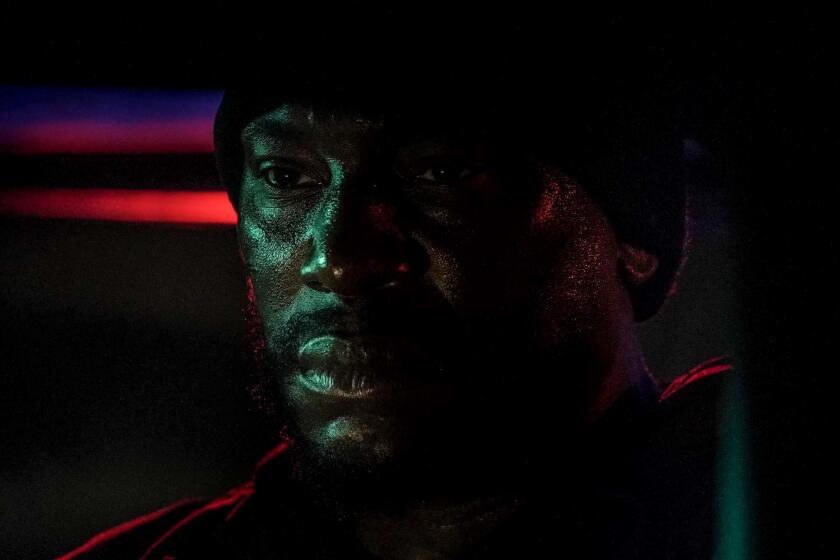For Wolfe, it’s time for the second act
In THE theater, George C. Wolfe has tackled topics as varied as race, poverty, religion and AIDS as the director of such highly politicized works as Suzan-Lori Parks’ “Topdog/Underdog,” Tony Kushner’s “Angels in America” and “The Colored Museum,” which Wolfe also wrote. Now, the two-time Tony Award winner is making his big-screen directorial debut on Sept. 26 with Warner Bros.’ “Nights in Rodanthe,” an adaptation of Nicholas Sparks’ novel about a discontented homemaker (Diane Lane) and a workaholic surgeon (Richard Gere) who rediscover themselves during a brief love affair on North Carolina’s Outer Banks.
“I’ve never done anything as fragile and intimate as this that didn’t on some level reverberate about the larger world,” says the 53-year-old Wolfe. “But my work as an artist is about doing projects that will empower people to go forward. This was about the idea that there is an Act 2 in your life.”
Wolfe’s own Act 1 began when he was 6 and was showing an interest in the performing arts. “I’m from Frankfurt, Ky., which is not the cultural center of the world,” he says. “I was obsessed with Disneyland and Walt Disney movies and all of that. I wanted to have a big, giant amusement park like Disneyland, and I designed it, but I knew I needed a lot of money. So I decided I had to become an actor, so I could afford to build my big, giant amusement park. Somewhere, I have the plans. It’s so insane! So that was my thought process at 6.”
By the time he left Frankfurt behind to earn his bachelor’s from Pomona College and his MFA from New York University’s Tisch School of the Arts, his amusement park dreams had been refocused on the theater.
For Wolfe, who previously directed 2005’s “Lackawanna Blues” for HBO, movies offer a useful outlet for his obsession with detail, and he often finds the key to unlocking a project in a prop or location.
Many of the themes of “Nights in Rodanthe” revealed themselves to Wolfe when he laid eyes on the film’s chief set, a rambling house on stilts built on the sands of North Carolina’s Outer Banks.
“It’s probably condemned now because sharks practically have their lunch on the steps of that house,” he says. “And the first day we got there, a nor’easter was passing through, so the winds were like 40-mile winds. And one of the things I read early on, which gave me an incredible clue into this movie, is that the Outer Banks is the place where most hurricanes strike. And I was intrigued by that, because it’s incredibly beautiful and at the same time so incredibly vulnerable to the forces of nature, which is what the human condition is.”
But for all of its stunning locations and dramatic weather, the film is essentially a chamber piece driven by the chemistry of its two leads, Gere and Lane, reunited after 2002’s “Unfaithful.” “There’s this great line [from the film] that I love, which I would listen to: ‘Just when I made plans for living alone, that was before I met you,’ ” Wolfe says. “There is something about all the characters confronting these small but seismic shifts in their lives. And that was the thing I loved playing with, which is that the storytelling is in the intimacy.”
More to Read
Only good movies
Get the Indie Focus newsletter, Mark Olsen's weekly guide to the world of cinema.
You may occasionally receive promotional content from the Los Angeles Times.










